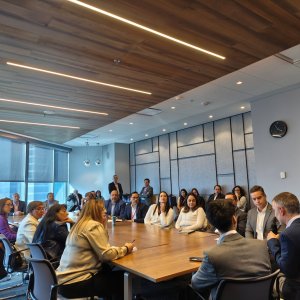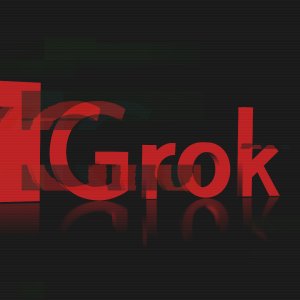The Convergence of IT/OT and the Need for Industry Connectivity

STORY INLINE POST
For years, industrial environments were considered hostile and new technology was only introduced when its level of safety and ability to meet the specific needs of that environment were tested. Fortunately, technologies have advanced at an accelerated pace and seek to optimize the production chain with interoperability, decentralization, real-time information availability, modularization, digitization of products, processes and cloud computing. But what do they all have in common? Connectivity.
Plant connectivity is already a reality. In addition to connecting several devices, it allows the large volume of data that is collected to be used by applications such as IIoT (Industrial Internet of Things), artificial intelligence and big data analytics, automating processes and facilitating more assertive decisions, since all the components of the plant are analyzed in real time, connecting people, software, equipment, machines and robots, passing through all levels of an automation pyramid. Since connectivity assumes this important role in the industry, it must be extremely robust and reliable, fail-safe and may not be responsible for downtime under any circumstances.
It is important to note that IT/OT convergence is a natural process of technological development and systems integration. Increasingly, we have observed a great synergy between the two areas in such a way that they evolve to the detriment of common objectives: control, monitoring and process management. Therefore, the concept of convergence tends to capture best practices in each major area (IT and OT) and apply procedures to optimize routine processes and tasks.
From an OT perspective, operators will continue to control automation processes, focusing primarily on the operation of the industrial plant, but making assumptions based on dedicated industry projects (such as availability and integrity). In turn, IT will continue to support enterprise communications solutions; however, its performance/understanding will need to be extended to industrial networks. Therefore, it is clear that the training and development (personal and solutions) of both areas will be necessary; for example, decisions and operations move not only toward the micro objective of each area, but now toward the macro objectives of the company.
For general information, including at some large companies, there is no longer this distinction between IT and OT, but instead there is a '”echnology Department,”, a unique area where professionals with different backgrounds work together to achieve a common goal aligned with the long-term vision of the company.
We can say that this convergence has been driven by Industry 4.0, which aims to add intelligence, efficiency, increased productivity, innovation and autonomy to processes through the connection of all sensors, machines and manufacturing systems with corporate management systems.
This process of convergence tends to be a “win-win” scenario where the beneficiaries are not only the company itself, but also the end customer, since by improving/optimizing the processes related to production, eventually better deliveries can be made (in terms of quality, customization and cost reduction).
To maximize the performance and productivity of manufacturing processes, and reduce the risk of unscheduled failures or shutdowns, it is important to assess the entire infrastructure and network connectivity scenario, considering design, implementation and maintenance. Aggressive environments have considerable operational challenges and advances in Ethernet protocol standardization in the plant environment require the network infrastructure to be designed for the highest performance and compatible with the most advanced technologies. Any failure can affect the performance of the overall physical infrastructure and create risks.
The main market segments of the vertical industry all share the same need to have products that meet the specific characteristics of each of the production environments. Due to the diversity of products that can be manufactured, the great complexity of production systems and the heterogeneity of systems, equipment and protocols that form a portion of the installed industrial base, interoperable solutions become necessary.
Furukawa Solutions has constant technological innovations in its DNA, so observing this scenario within industries, it added the Laserway Industrial network solution to its portfolio as a solution to join the two areas, since with Furukawa's passive optical solution there is the possibility of finding scarce, distant and immune connection points to electromagnetic interference since the Laserway solution is end-to-end optics. Therefore, an optical signal is converted into an electrical one as close as possible to the user, which can be a common computer (PC), an access point, but also industrial computers, industrial switches, among others — any equipment can be connected with the Ethernet port.
If you would like to learn more about Furukawa´s solutions, visit our website.
























